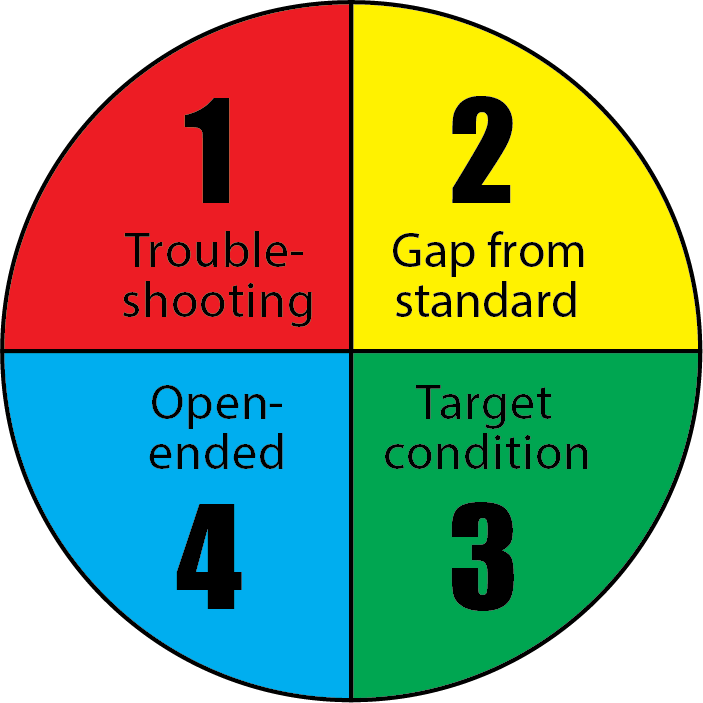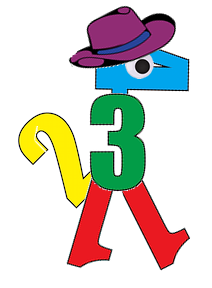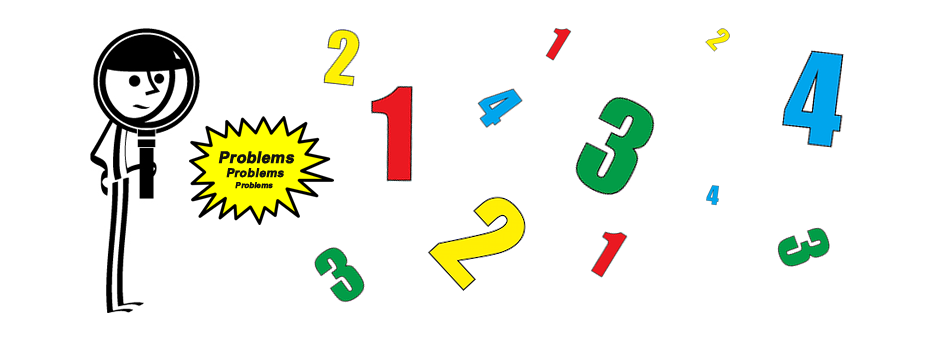If you are a lean thinker at any level of experience you probably suffer a common curse: you see problems everywhere. You can’t board a plane, go to restaurant, or sit (im)patiently in a waiting room without envisioning a value-stream map or an A3 to sort everything out. Problems everywhere…and yet not all problems can be solved by the same tool.
Take a minute or two think about all the problems you see everyday at your work. That may be just too many to figure out in a Lean Post, so let’s limit this to your most frequent problems. Are you using the same tools and tactics for all of them? Are they all the same type of problem? Do you know that there are different types of problems?
Knowing what type of problem you are dealing with makes countermeasures much easier to figure out. Art Smalley’s new book, Four Types of Problems, sets up a framework to help you classify each problem-solving approach into one of four types, and takes you one step further to show you how to actually solve them.
Now I need to pick your problem-solving brain.
What problems do you see most?
Below are brief descriptions of the four types of problems as noted in Four Types of Problems.

Trouble Shooting – Reactive problem-solving based upon quick responses to immediately symptoms. Provides relief and immediate problem mitigation. But may fail to get at the real cause, which can lead to prolonged cycles of firefighting.
Gap from Standard – Structured problem-solving that focuses on problem definition, goal setting, root-cause analysis, countermeasures, checks, standards, and follow-up activities. Its specific aim is to prevent the problem from recurring by eliminating its underlying causes.
Target Condition – Continuous improvement that goes beyond existing performance of a stable process or value stream. It seeks to eliminate waste, overburden, unevenness, or other concerns systemically, to deliver superior value or performance toward a target condition.
Open-Ended – Innovative problem-solving based upon creativity, syntheses and opportunity. It seeks to identify new problems, solutions, and opportunities. It achieves radical improvement, often a new product, process, system, or value for the customer well beyond current levels.
Please reflect on these four–and then please share an example in the comments below.

Our friendly Problem Monster is so hungry for problems that she will give away a few free copies of Four Types of Problems for her favorite comments. Please share your problems and your type of approach below.





